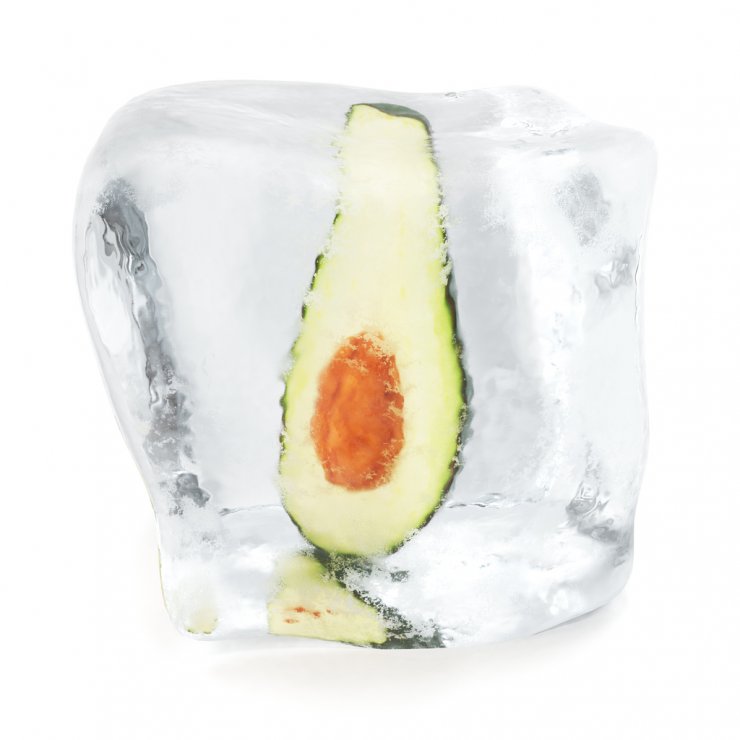
Tree canker
As you’ve probably noticed by now, vigilance is your best strategy to ward off pests, and the same is true of diseases. Examine your tree or trees daily to be sure no disease symptoms are present or emerging. Then treat the disease quickly so your tree can recover and thrive.
Fungi are the biggest disease threat to trees. In general, if your tree has small, wilted leaves or is generally lacking in vigor, consider treating with a fungicide.
Here are some common diseases to watch out for:
Avocado tree cankers: Although cankers are usually only minor diseases, on the trunks of trees they can kill the tree. They’re also highly visible as sores on trunks and branches that sink into the wood slightly and ooze gum.
Fruit rot: This is caused by fungal pathogens that typically occurs where tree stressors are high and the tree hasn’t been kept healthy and clean. The fungi can set in over the winter in plant debris on the ground around the tree, or in fruits that are left on the tree at the end of the season. Proper pruning and prompt removal of all fruits help prevent the disease.
Root rots: This typically occurs in areas with poor drainage or in trees that have been chronically overwatered. The tree may be saved if conditions are improved. Alternately, consider digging around the tree to expose the roots and allow the crown to dry out to prevent the death of the tree.
Sunblotch: This is a serious, incurable disease of avocado trees. Signs of sunblotch are discolored or scarred fruit, twigs that develop red or yellow discoloration, or rectangular cracks that develop in bark. Infected trees are also usually stunted, though some trees show no symptoms at all besides a reduction in fruit yield.
Once a tree has sunblotch, it cannot be cured, so be careful about buying certified disease-free stock and practicing good tool sanitation to stop the spread.
Wilts and blights: This is characterized by dead areas in trees, especially when only a part of the tree is affected. Wilts, as their name suggests, cause sudden wilting and death in branches. Blights may kill small branches or only affect the leaves. Pruning the affected tissue from the trees and providing good support in watering and fertilizing will help your tree recover.
Dealing with frost

Frozen avocado
While not a disease, frost is another external threat to your trees in some areas that get occasional frost episodes. If you anticipate a hard frost, wrap the tree trunk in blankets, cardboard, or frost cloth. Water the root zone thoroughly to help protect against frost damage.
If frost kills any of the tree’s wood, leave it on the tree until spring when new growth begins. The damaged wood provides some protection to the tree, and also, cutting in winter opens the tree up to further damage.
How do you prevent diseases on your trees? Please share your techniques with us in the comments.


 Previous
Previous

